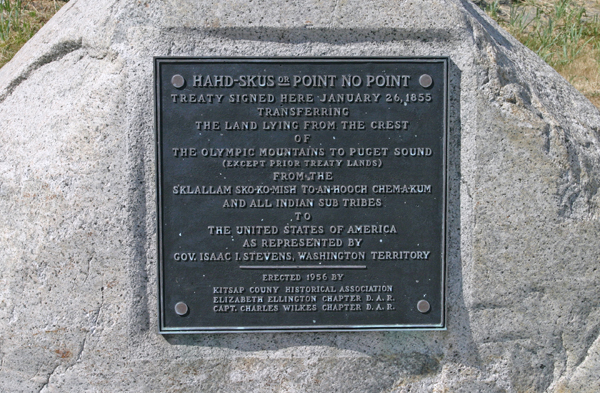David Livingstone becomes the first European to see the Victoria Falls in what is now Zambia-Zimbabwe.
Victoria Falls, one of the most iconic and spectacular natural wonders in the world, is located on the border between Zambia and Zimbabwe in southern Africa. The falls are situated on the Zambezi River, which serves as the border between the two countries.
Name and Origin:
The indigenous Tonga people named the falls “Mosi-oa-Tunya,” which translates to “The Smoke That Thunders.” This name reflects the massive spray and mist that rise from the falls, visible from a considerable distance.
Geography:
Victoria Falls is approximately 1,708 meters (5,604 feet) wide and 108 meters (354 feet) tall, making it one of the widest and highest waterfalls in the world.
Formation:
The falls were formed as a result of the Zambezi River plunging over the edge of the basalt plateau in a series of gorges. The main falls are known as the Devil’s Cataract, Main Falls, Rainbow Falls, and Horseshoe Falls.
Zambezi River:
The Zambezi River, originating in Zambia, flows across six countries before reaching the Indian Ocean. It is the fourth-longest river in Africa.
Adventure Activities:
Victoria Falls is a popular destination for tourists seeking adventure. Activities include bungee jumping from the Victoria Falls Bridge, white-water rafting in the Zambezi River, and helicopter flights over the falls.
Wildlife and National Parks:
The surrounding area is home to diverse wildlife, and several national parks and wildlife reserves, such as Mosi-oa-Tunya National Park in Zambia and Victoria Falls National Park in Zimbabwe, provide opportunities for safaris and wildlife viewing.
Accessibility:
The falls are easily accessible from both the Zambian town of Livingstone and the Zimbabwean town of Victoria Falls. Livingstone Airport in Zambia and Victoria Falls Airport in Zimbabwe serve as major entry points.
UNESCO World Heritage Site:
In 1989, Victoria Falls was designated a UNESCO World Heritage Site in recognition of its exceptional natural beauty and ecological significance.
Water Flow:
The volume of water flowing over Victoria Falls varies throughout the year. The peak flow typically occurs during the rainy season (November to April), while the lowest flow is during the dry season (September to December).


